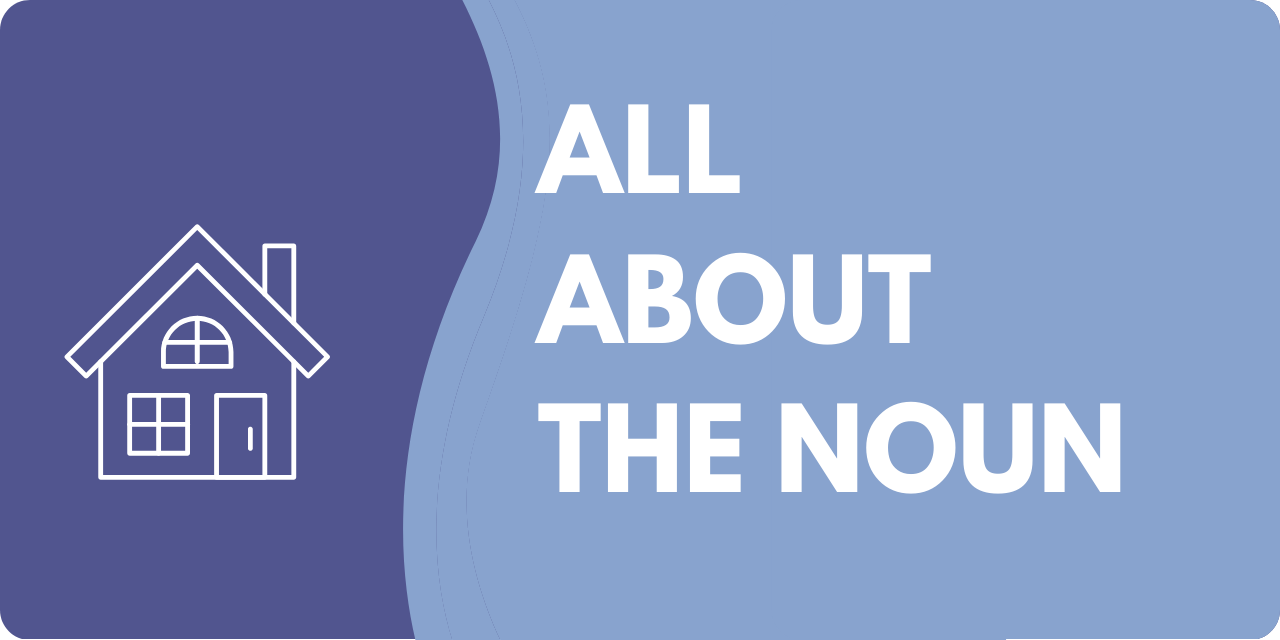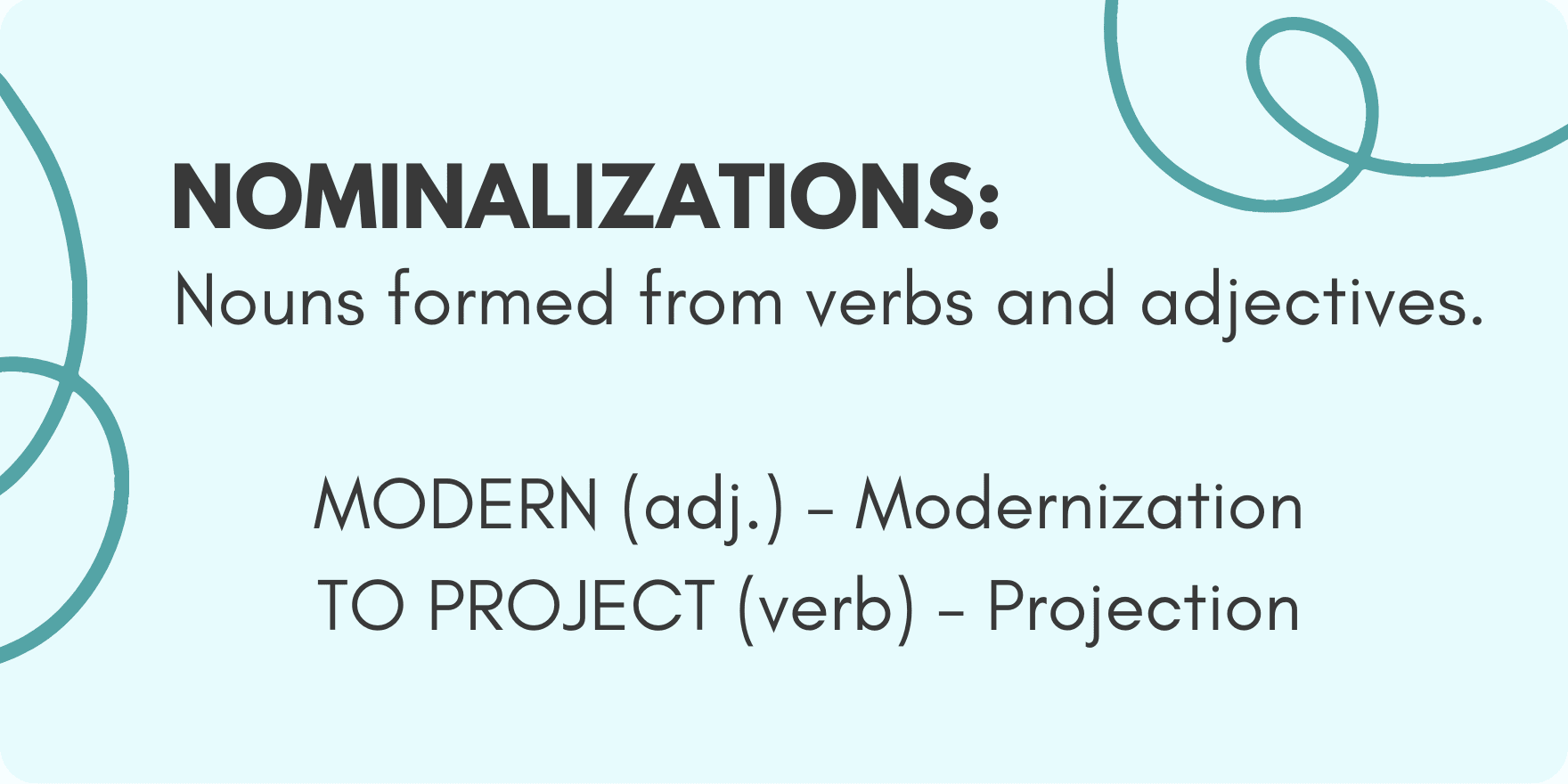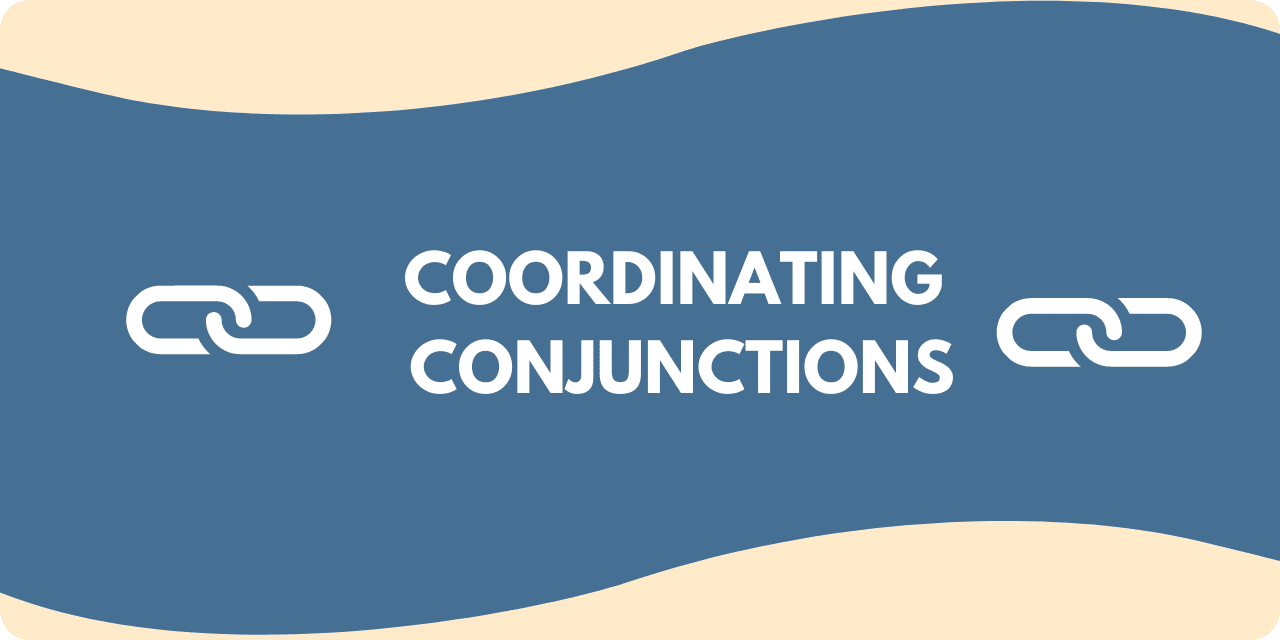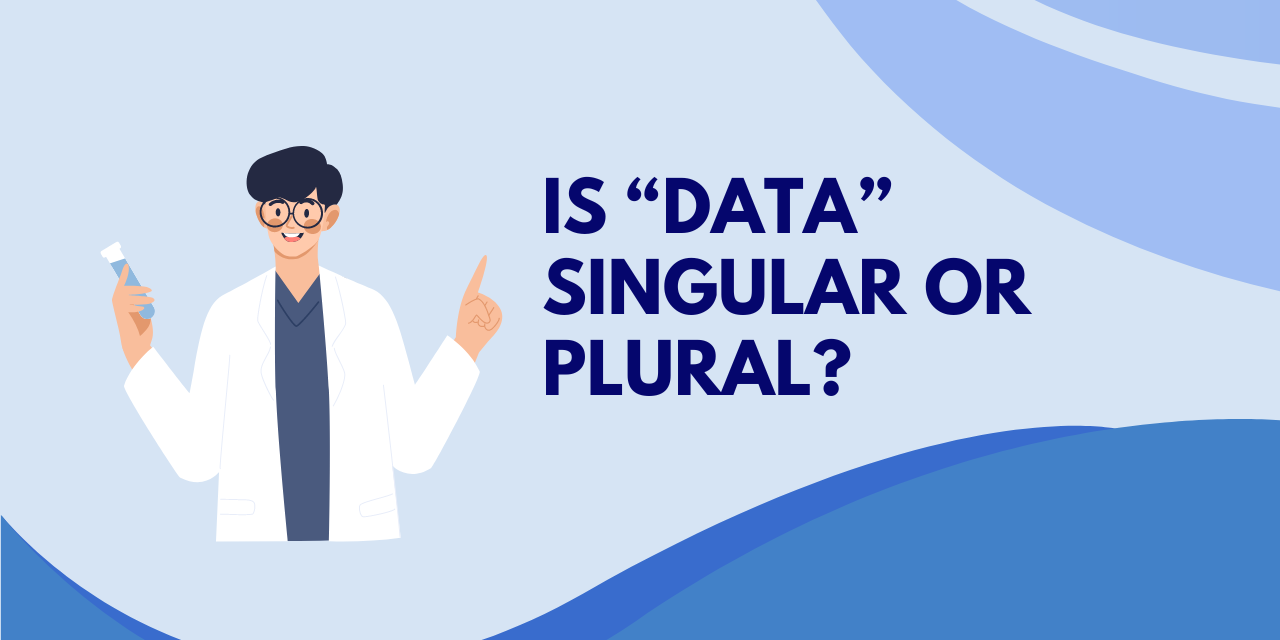Is it “into” or “in to?” This is actually a common error, although it really shouldn’t be. When choosing between the two, remember that into is a preposition that shows what something is within or inside. As separate words, in and to sometimes just simply end up next to each other.
A preposition is a word that reveals a relationship, customarily in terms of space or time, between words in clauses or phrases. Simply put, a preposition is a positioning word. Prepositions like before, after, and since position elements in time; one thing happens before the other, after the other, etc. Some prepositions that plant elements in space are under, over, around, through, off, on, in, and of course, into.
Ordinarily speaking, into puts something physically inside something else. The thing that does the holding or containing may be concrete or it could be abstract.
- Please put the cat into her carrier so we can go see the vet.
- She placed her card into a white envelope and sealed it with a kiss.
- Phil touched the amulet and was whisked off into another dimension.
- Felicia neatly organized all her files into separately labeled file folders.
Confusion regarding into versus in to really only emerges because the two sound the same. But the decision about which one to choose is usually not difficult to make. Does something end up within something else by the conclusion of your sentence, whether it be within something physical, like a box, or something abstract, like a period of time? If the answer is yes, then you need to write into as one word.
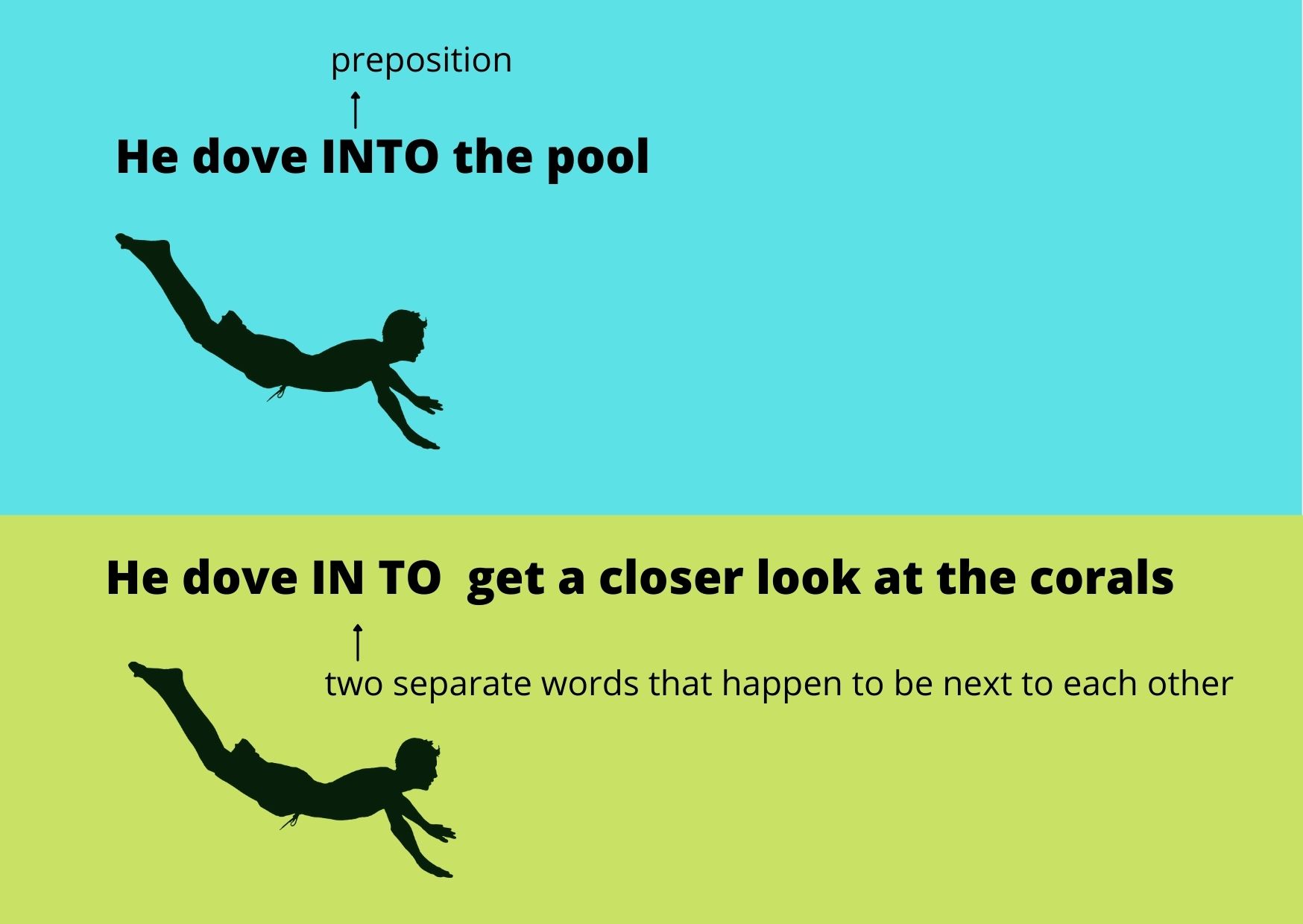
Feeling confident? Of course, there’s always an exception to this rule, just to trip you up.
Exceptions
When Into Indicates Transformation
The only time when into doesn’t involve a sense of within is when some kind of change or a transformation has taken place.
- The caterpillar changed into a butterfly and then left its cocoon behind.
- In developing countries, ceramic filters are sometimes used to transform dirty water into purified drinking water.
- As expected, Cinderella’s coach turned into a pumpkin at the stroke of midnight.
In and To as Neighboring Words
In and to are prepositions or adverbs in their own right (and in may sometimes be an adjective). When they fall reasonably next to each other in a sentence, you may find yourself having to resist the urge to put them together typographically.
One problem appears when you use in as part of a phrasal verb. Several verbs join forces with in to create a completely new meaning. As an example, to drop and to drop in are entirely different actions. When an in that’s part of a phrasal verb lands next to a to, accidents happen.
- Incorrect: I dropped into say “hi.”
- Correct: I dropped in to say “hi.”
Is “say hi” a place you can drop into and settle inside of? No, it isn’t. So in and to need to be written as two separate words. In this case, “dropped in” is a phrasal verb, and to is part of the infinitive “to say.”
Phrasal verbs used as prepositions in addition to, “to” also cause frequent problems.
Incorrect – Dan turned into the driveway and shut off the car’s engine.
Did Dan magically transform into a driveway, and in the midst of his flatness, turn off his car’s engine? No, he did not. He merely maneuvered his car in to the driveway.
Correct – Dan turned in to the driveway.
In the early days of radio, a frequently made error was to write about tuning into your favorite station. Today, in the virtual world, the most common mistake is to write about logging into a program, app, operating system, or website.
- Incorrect: I like to tune into the country radio station on Saturday mornings.
- Correct: I like to tune in to the country radio station on Saturday mornings.
- Incorrect: Please log into our site by clicking the green icon.
- Correct: Please log in to our site by clicking the green icon.



